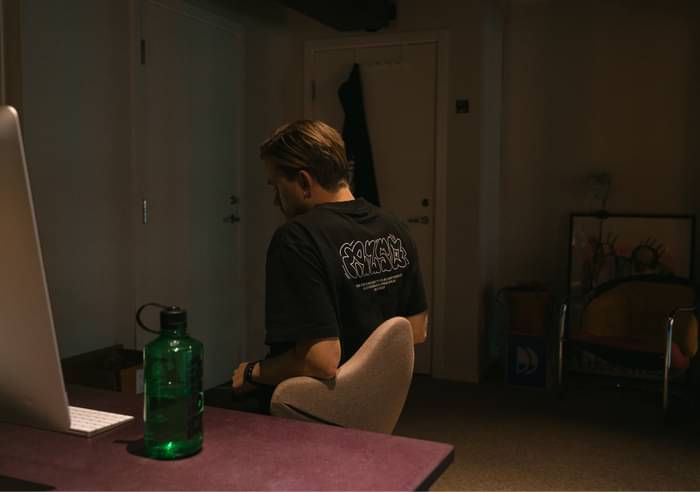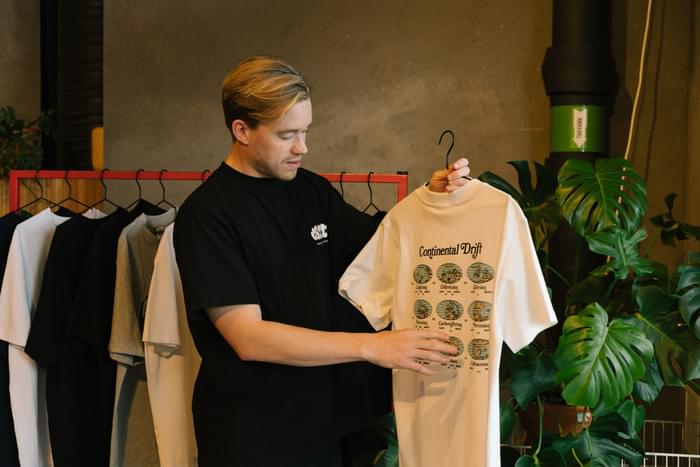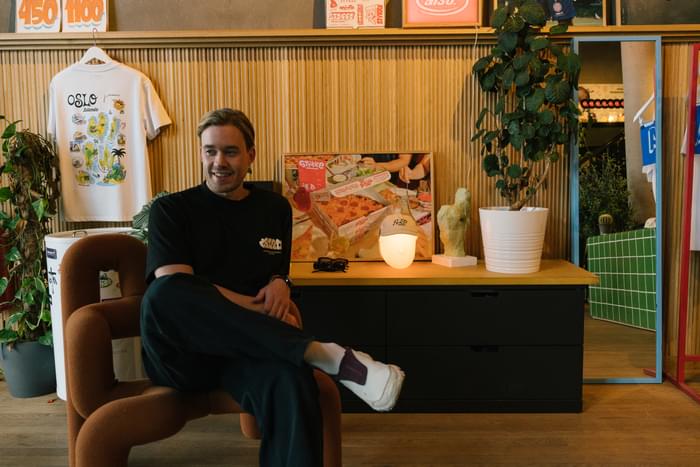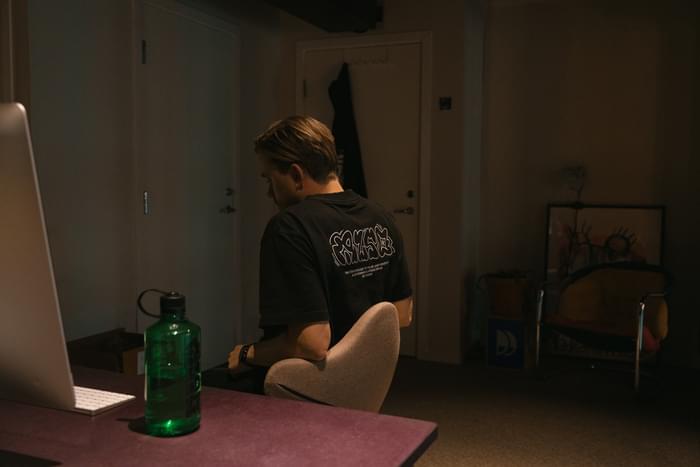
WIP So tell us a little bit about yourself.
ES My name is Even. I’m a graphic designer, living in Oslo. I started in Trondheim, where I attended Norges Kreativ Fagskole until 2012. So I don’t have a bachelor’s degree, but I got a diploma after two years. I’ve been working as a graphic designer for the last ten years now.
WIP So you said that you don’t have bachelor’s degree, but you do have a diploma. So you don’t need a bachelor to become a designer, right?!
ES You don’t need it, that’s right!
WIP So, how did you get into the things that you’ve been doing?
ES After I got my diploma, I started looking for jobs here in Oslo. I’m from a town called Drammen, 30 minutes outside Oslo, and I wanted to work in Oslo because this is where the best jobs are or were. I got a list from my girlfriend of different studios where I should send my portfolio. After I got my diploma, I made my website, at the time, Instagram wasn’t so big. So I used my site and sent it around. At first, nobody responded; I think I sent, like, 30 emails or something.
But eventually, one studio responded to me, Metric Design. That was my first job as an intern.
WIP Nice! How was it there as an intern?
ES They work with many clients in the cultural sector: music, festivals, restaurants, and so on. It was cool to see that you could work as a graphic designer in those fields because that was something that I didn’t know you could do in a design studio. And they are things that I’m also interested in, meeting places for people, and being a part of that. So that was a fantastic place to start my career.
WIP Since then, you have been working quite a lot in the music scene, was working at Metric your introduction that as a possibility?
ES Yeah, at the time, Metric were working with Øya Festival, and Mathallen when I was there. So I was looking over their shoulders and seeing how they worked with poster design brochures for the festivals. I also worked with some artists for them as an intern at the start and after about half a year I got a freelance contract, and started getting paid.
WIP Pay your interns, that’s important!
ES Yeah, haha, it was a bit different then, but yeah!


